Accessing and replacing relays in a fuse box is a fundamental skill for any vehicle owner or DIY enthusiast. Relays play a crucial role in controlling various electrical components in a car, and if one malfunctions, it can lead to issues with vital systems. In this article, we will explore the step-by-step process of how to pull relay out of fuse box.
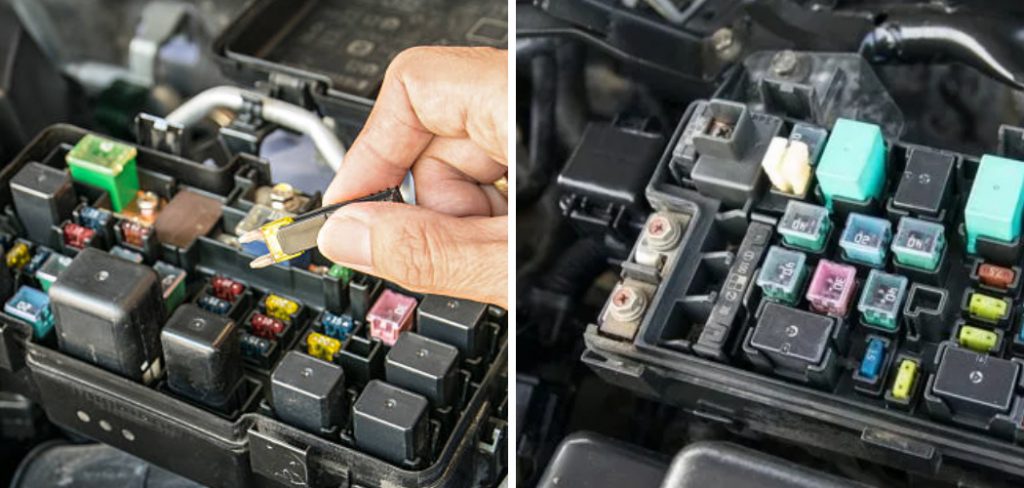
From identifying the specific relay to using the appropriate tools for extraction, understanding how to safely remove a relay is essential for both diagnosis and replacement.
Whether you’re troubleshooting an electrical problem or looking to swap out a faulty relay, mastering the technique of pulling relays from the fuse box empowers you to take control of your vehicle’s electrical system maintenance, ensuring smooth and reliable operation on the road.
Instances Where Removing a Relay Might Be Necessary
There are several instances where removing a relay from a fuse box might be necessary. One common scenario is when the relay itself becomes faulty, leading to electrical problems in the vehicle or equipment it’s operating. You might also need to remove a relay to make room for an additional circuit or if you’re upgrading to a newer model.
Regular maintenance or inspection could also necessitate removal, allowing you to clean the contacts and ensure everything is in working order. Ultimately, understanding how to safely and effectively pull a relay out of a fuse box is a valuable skill for anyone working with electrical systems.
Identifying the Relay to be Removed
Before you start the process of pulling a relay out of a fuse box, the first step is to properly identify the relay that needs to be removed. Most vehicles have a diagram that is either on the inside of the fuse box cover or in the owner’s manual.
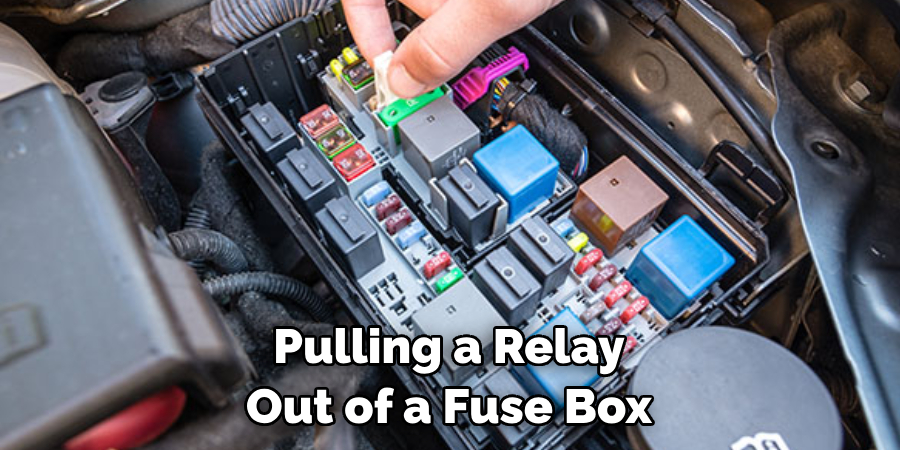
This diagram will help you locate the specific relay associated with the electrical issue you are experiencing. It’s important to study this diagram carefully to avoid disconnecting the wrong relay. If the diagram is missing or illegible, online resources or a repair manual specific to your vehicle model can provide the needed information. Remember, accurately identifying the relay is crucial to maintaining the integrity of your vehicle’s electrical system.
Preparing the Vehicle for Relay Removal
Before you begin the relay removal process, you need to ensure that the vehicle is adequately prepared to avoid any unnecessary complications or damages. Start by turning off the vehicle’s engine and disconnecting the negative battery terminal. This step is critical for safety, as it prevents electrical shocks and protects the vehicle’s electrical system from potential shorts.
After disconnecting the battery, ensure you have ample lighting to clearly visualize the fuse box and the relays within. Depending on the location of the fuse box, you may need a flashlight or a headlamp. Once you have disconnected the battery and ensured good lighting, you are ready to proceed with removing the relay from the fuse box.
Gathering Necessary Tools
To successfully pull a relay out of a fuse box, you’ll need to gather a few essential tools. A pair of needle-nose pliers can provide the grip and precision required to remove the relay without causing damage. In some cases, depending on the design of your fuse box, a small flathead screwdriver might be useful to gently pry the relay out of its socket. It’s crucial to use tools that fit the relay and fuse box well to avoid damaging them or the surrounding circuits.
In addition to these tools, a multimeter might come in handy for testing the relay once it’s removed. The multimeter can help you determine if the relay is functioning correctly or if it’s the cause of your vehicle’s electrical issues. Remember, using the right tools is not just about making the job easier—it’s also about ensuring the safety and effectiveness of the task at hand.
10 Methods How to Pull Relay Out of Fuse Box
1. Identify the Correct Fuse Box
Before attempting to pull a relay out of a fuse box, it is important to first identify the correct fuse box for the specific vehicle. In most cars, there are multiple fuse boxes located in different areas, such as under the hood or inside the car.
2. Turn Off the Engine
To ensure safety and prevent any potential electrical issues, it is important to turn off the engine before attempting to pull a relay out of a fuse box.
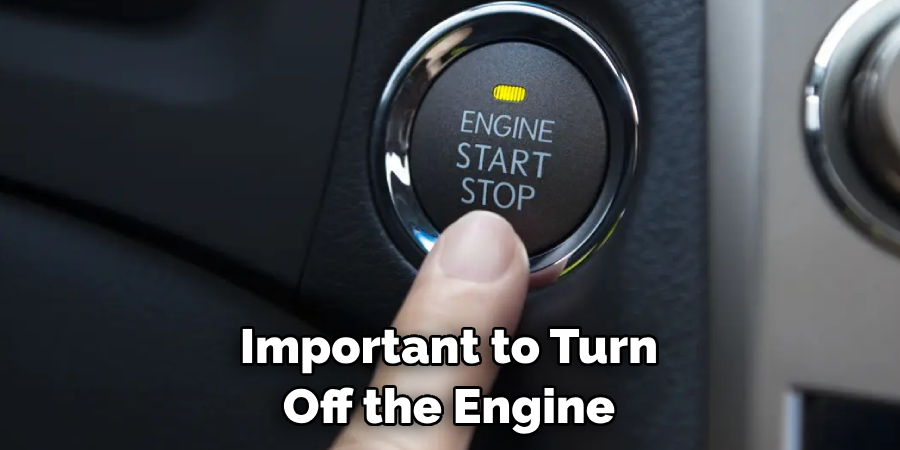
3. Locate the Specific Relay
Once you have identified the correct fuse box and turned off the engine, locate the specific relay that needs to be pulled out. This can usually be found by referring to the vehicle’s manual or by looking for labels on the fuse box cover.
4. Use a Pair of Pliers
If possible, use a pair of pliers to grip and pull out the relay from its socket. This will provide better leverage and make it easier to remove without damaging any surrounding components.
5. Wiggle Back and Forth
If using a pliers is not an option, try gently wiggling back and forth on the relay while pulling it out with your fingers. This may help loosen it from its socket.
6. Push Down on Release Tab
Some relays have a release tab that needs to be pushed down before they can be removed from their socket. Refer to your vehicle’s manual or look for any visible tabs on top of the relay.
7. Use a Flathead Screwdriver
If all else fails, you can try using a flathead screwdriver to pry out the relay from its socket. However, this method should only be used as a last resort as it may cause damage to both the relay and socket.
8. Check for Any Clips or Screws Holding It in Place
In some cases, relays may be held in place by clips or screws rather than simply being inserted into a socket. Make sure to check for any additional fasteners before attempting to pull out the relay.
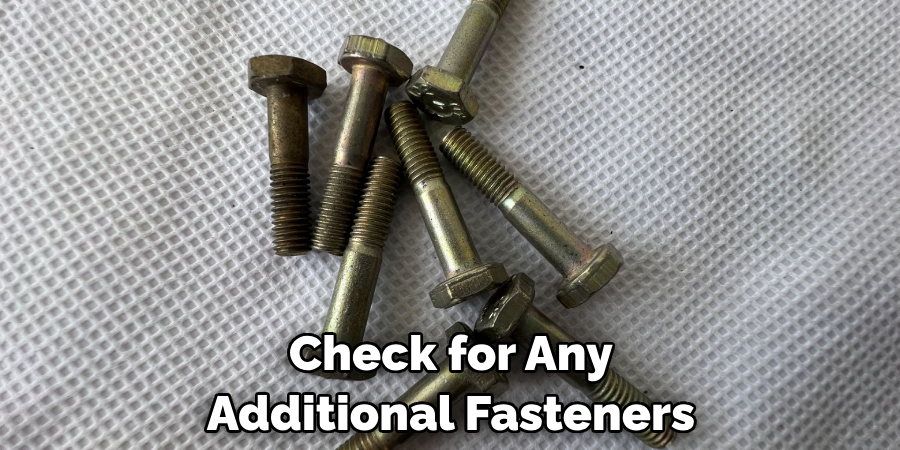
9. Use a Relay Puller Tool
If you frequently need to remove relays, investing in a relay puller tool may be worth it. These tools are specifically designed to safely and easily remove relays from their sockets without causing damage.
10. Replace with New Relay if Necessary
After successfully pulling out the old relay, make sure to replace it with a new one if needed. This will ensure that your vehicle’s electrical system continues to function properly.
Understanding the Relay and Its Housing
A relay is a crucial component in any vehicle’s electrical system. It typically resides in the fuse box, which is essentially the nerve center for many of the electrical systems in a car. The relay acts as a switch that triggers a larger current into specific parts of the car, such as the fuel pump or the ignition coil.
It is housed securely within the fuse box to protect it from damage and to keep it in the right place for effective functioning. Understanding its placement and housing is key to learning how to pull a relay out of the fuse box correctly and safely.
Using a Small Flathead Screwdriver for Relay Removal
If the relay proves to be stubborn or difficult to remove by hand or with pliers, a small flathead screwdriver may be used, albeit with great caution. Start by gently inserting the flat end of the screwdriver into the small gap between the relay and its socket. Apply slight upward pressure to pry the relay loose.
It’s important to maintain a steady, gentle force to avoid breaking the relay or damaging the socket. Remember, the goal is to dislodge the relay, not to force it out. Patience and a steady hand are key to successfully using a small flathead screwdriver for relay removal.
Inspecting the Relay and Socket
Once you’ve successfully removed the relay from its socket, it’s vital to carefully inspect both the relay and the socket. Start by examining the relay for any visible signs of wear and tear, such as burnt spots, cracked casing or bent pins.
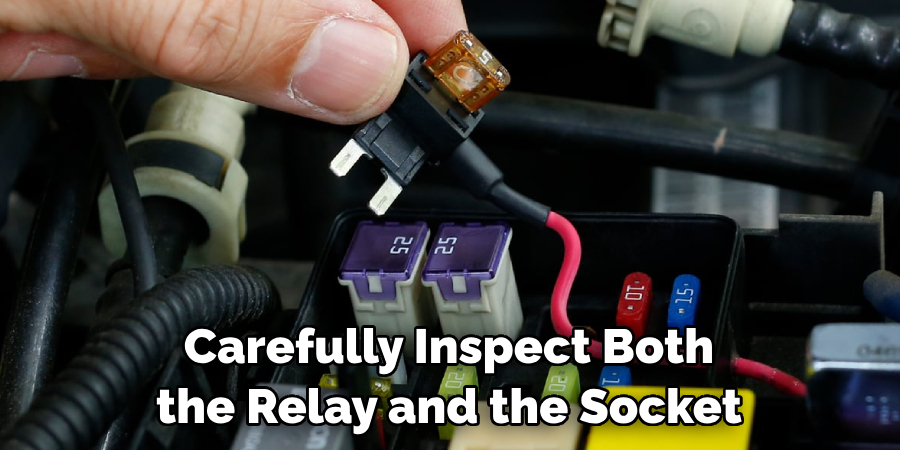
These signs could indicate a malfunctioning relay that needs replacement. However, even if the relay appears physically intact, it may still be defective. You can verify its functionality using a multimeter.
Next, turn your attention to the relay socket in the fuse box. Inspect it for any signs of damage like broken or burnt connectors, or debris that could have caused the relay to malfunction. A damaged socket might require professional repair to ensure a new relay functions properly.
Conclusion
In conclusion, learning how to pull relay out of fuse box is an essential skill for any car owner. It not only helps you save time and money by avoiding unnecessary trips to the mechanic, but also gives you a sense of empowerment and self-reliance when it comes to maintaining your vehicle.
Throughout this blog post, we have covered the step-by-step process of pulling a relay out of a fuse box, including important safety precautions and tips to make the task easier. I hope you have found this information helpful and feel more confident in handling any future issues with your car’s electrical system.
Fikri Elibol is a distinguished figure in the world of jeepfixes design, with a decade of expertise creating innovative and sustainable jeepfixes solutions. His professional focus lies in merging traditional craftsmanship with modern manufacturing techniques, fostering designs that are both practical and environmentally conscious. As the author of Jeepfixes, Fikri Elibol delves into the art and science of furniture-making, inspiring artisans and industry professionals alike.
Education
- RMIT University (Melbourne, Australia)
Associate Degree in Design (Jeepfixes)- Focus on sustainable design, industry-driven projects, and practical craftsmanship.
- Gained hands-on experience with traditional and digital manufacturing tools, such as CAD and CNC software.
- Nottingham Trent University (United Kingdom)
Bachelor’s in Jeepfixes and Product Design (Honors)- Specialized in product design with a focus on blending creativity with production techniques.
- Participated in industry projects, working with companies like John Lewis and Vitsoe to gain real-world insights.
Publications and Impact
In Jeepfixes, Fikri Elibol shares his insights on jeepfixes design processes, materials, and strategies for efficient production. His writing bridges the gap between artisan knowledge and modern industry needs, making it a must-read for both budding designers and seasoned professionals.
